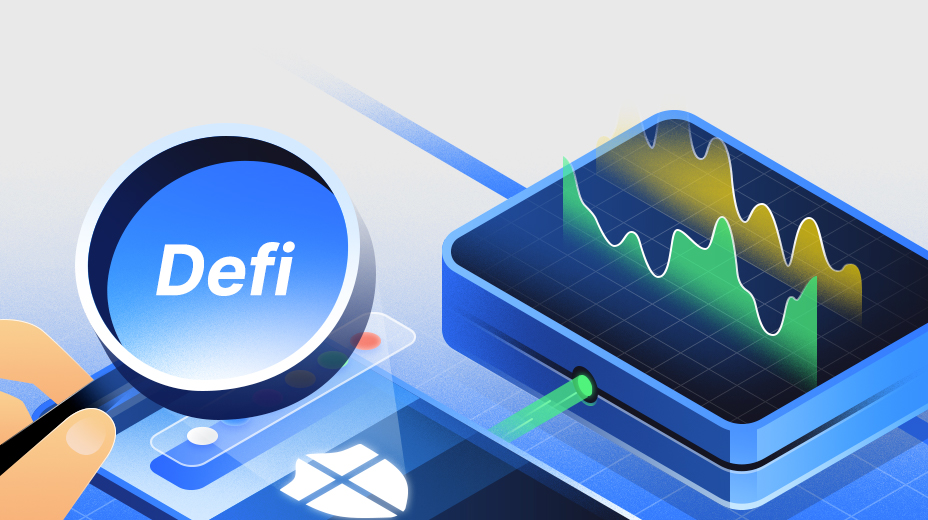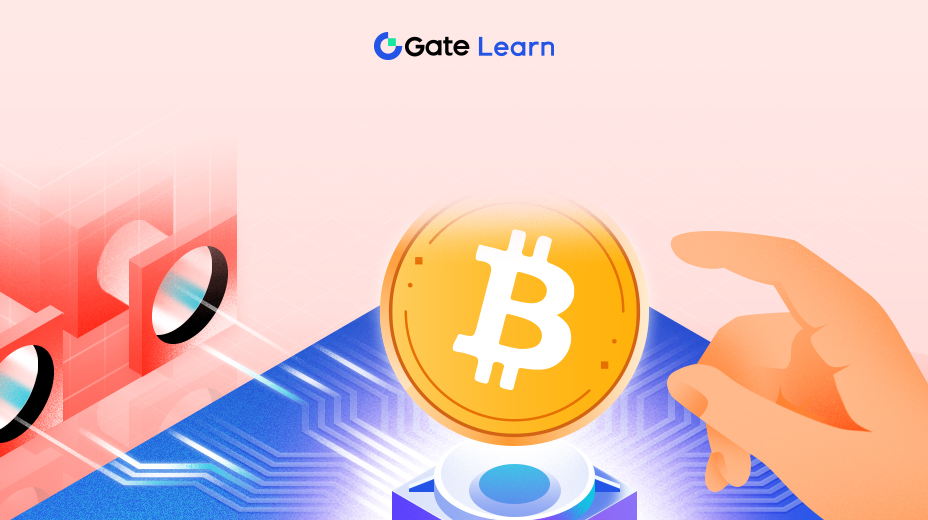Render (RNDR)
Neste módulo, nos aprofundamos no projeto Render. Vamos explorar o conceito e a tecnologia por trás do Render, seu impacto na indústria de arte digital e gráficos e a utilidade e economia do token RNDR. Este módulo destaca o papel da Render na revolução dos gráficos digitais através de redes descentralizadas.

O Conceito e a Tecnologia por Trás do Render
Render, conhecido como RNDR, é um projeto inovador na indústria de gráficos digitais, utilizando a tecnologia blockchain para transformar a forma como o conteúdo digital é criado e distribuído. O conceito central da Render é alavancar o poder das GPUs inativas em todo o mundo para criar uma rede de renderização descentralizada. Esta abordagem aborda as significativas demandas computacionais de renderizar gráficos digitais de alta qualidade, o que pode ser uma grande barreira para artistas individuais e pequenos estúdios.
A tecnologia por trás do Render envolve uma rede distribuída onde os indivíduos podem oferecer seus recursos de GPU para outras pessoas. Quando um usuário precisa prestar serviços, seu trabalho é distribuído por essa rede, aproveitando o poder coletivo de muitas GPUs. Esse processo não só acelera significativamente os tempos de renderização, mas também reduz o custo, tornando a renderização de alta qualidade mais acessível.
A rede da Render é alimentada pela blockchain Ethereum, garantindo transparência e segurança no processo de renderização. A blockchain acompanha cada trabalho de renderização, gerenciando a distribuição de tarefas e a compensação subsequente. Este uso da tecnologia blockchain garante que todas as transações sejam justas e verificáveis, proporcionando confiança em uma indústria tradicionalmente opaca.
Uma das principais inovações tecnológicas do Render é sua capacidade de alocar eficientemente tarefas de renderização em toda a rede. O sistema avalia a complexidade de cada tarefa e distribui-a de forma a otimizar a utilização dos recursos disponíveis. Essa alocação dinâmica garante que os trabalhos de renderização sejam concluídos o mais rápido possível, sem sobrecarregar nenhum participante da rede.
A Render também incorpora medidas avançadas de segurança para proteger a propriedade intelectual de seus usuários. O conteúdo sendo renderizado é criptografado, e a natureza distribuída da rede significa que nenhum nó único tem acesso ao conjunto de dados completo. Esta abordagem protege o trabalho dos artistas, garantindo que permaneça confidencial e seguro durante todo o processo de renderização.
Como a Render está a Influenciar a Indústria da Arte Digital e Gráficos
A Render está a impactar significativamente a indústria de arte digital e gráficos ao democratizar o acesso a renderização de alta qualidade. Tradicionalmente, a renderização de gráficos de alta qualidade requer recursos computacionais significativos e expertise, limitando frequentemente essa capacidade a estúdios bem financiados. A rede descentralizada da Render disponibiliza esses recursos a uma gama mais ampla de criadores, incluindo artistas independentes e estúdios mais pequenos.
A plataforma também está a promover a inovação na indústria. Ao diminuir as barreiras à renderização de alta qualidade, o Render permite que artistas e criadores experimentem projetos mais complexos e intensivos em recursos. Esta liberdade está a levar a uma nova onda de criatividade na arte digital, uma vez que os artistas já não estão limitados pelas limitações do seu hardware.
Render está a contribuir para um modelo mais sustentável na indústria gráfica. As fazendas de renderização tradicionais requerem um consumo energético substancial, levando frequentemente a custos operacionais elevados e preocupações ambientais. A rede distribuída da Render utiliza os recursos existentes da GPU de forma mais eficiente, reduzindo a necessidade de fazendas de renderização dedicadas e, assim, diminuindo o impacto ambiental.
A plataforma está a melhorar a colaboração dentro da comunidade de arte digital. A rede do RNDR permite que artistas de todo o mundo se conectem e colaborem, partilhando recursos e experiência. Esta rede global não só facilita o processo de renderização, mas também promove um sentido de comunidade entre os criadores digitais, encorajando a partilha de conhecimento e crescimento coletivo.
Render está estabelecendo novos padrões em termos de qualidade e velocidade na indústria gráfica. O poder coletivo da rede distribuída significa que tarefas de renderização que antes levavam horas ou dias agora podem ser concluídas em uma fração do tempo. Esta eficiência está a elevar a fasquia do que é possível em gráficos digitais, levando a que conteúdos de maior qualidade sejam produzidos mais rapidamente.
Token RNDR: Utilidade e Economia
O token RNDR é a criptomoeda nativa da rede Render, servindo como meio de troca dentro do ecossistema. Artistas e criadores de conteúdo usam tokens RNDR para pagar por serviços de renderização, enquanto aqueles que fornecem energia de GPU são compensados em RNDR. Essa economia baseada em tokens cria uma ligação direta entre a demanda por prestação de serviços e a oferta de recursos computacionais.
A utilidade do token RNDR vai além de simples transações. Desempenha um papel crucial na governação da rede Render. Os detentores de tokens têm a capacidade de participar nos processos de tomada de decisão, influenciando o desenvolvimento e direção da plataforma. Este modelo de governação participativa garante que a rede evolui de forma a beneficiar todas as partes interessadas.
O modelo econômico da RNDR foi projetado para incentivar a participação e o investimento na rede. À medida que a demanda por serviços de renderização cresce, também cresce a demanda por tokens RNDR. Essa demanda impulsiona o valor do token, beneficiando tanto os provedores de GPU quanto os detentores de tokens. Assim, a tokenomics da RNDR cria um ecossistema auto-sustentável onde o crescimento na rede aumenta o valor do token.
O fornecimento de tokens RNDR é gerido para garantir a estabilidade e crescimento a longo prazo da rede. O fornecimento de tokens é limitado, criando escassez e potencial de valorização. Este modelo de fornecimento limitado é semelhante ao de muitas criptomoedas e destina-se a evitar a inflação e manter o valor do token ao longo do tempo.
RNDR também incorpora mecanismos de queima de tokens, onde uma parte dos tokens usados em transações é permanentemente removida da circulação. Esse mecanismo deflacionário ajuda a controlar o fornecimento de tokens e a apoiar o valor do token. A combinação de um fornecimento limitado, governança participativa e queima de tokens torna o RNDR uma criptomoeda robusta e sustentável, fundamental para a economia da rede Render.
Destaques
- Render (RNDR) utiliza tecnologia de blockchain para criar uma rede descentralizada de GPUs inativas, revolucionando a indústria de gráficos digitais ao tornar a renderização de alta qualidade acessível e económica.
- A tecnologia da plataforma otimiza a alocação de tarefas de renderização em toda a rede, garantindo eficiência e velocidade, ao mesmo tempo em que incorpora medidas avançadas de segurança para proteger a propriedade intelectual.
- A Render democratiza a indústria de arte digital e gráficos, permitindo que artistas independentes e estúdios menores realizem projetos complexos, fomentando a inovação e a colaboração comunitária.
- O token RNDR funciona como o meio de troca dentro do ecossistema Render, facilitando transações para serviços de renderização e fornecendo participação na governança para os detentores de tokens.
- O modelo econômico da RNDR inclui um fornecimento de token limitado e mecanismos de queima de token, criando um ecossistema auto-sustentável que incentiva o crescimento da rede e mantém o valor do token.





